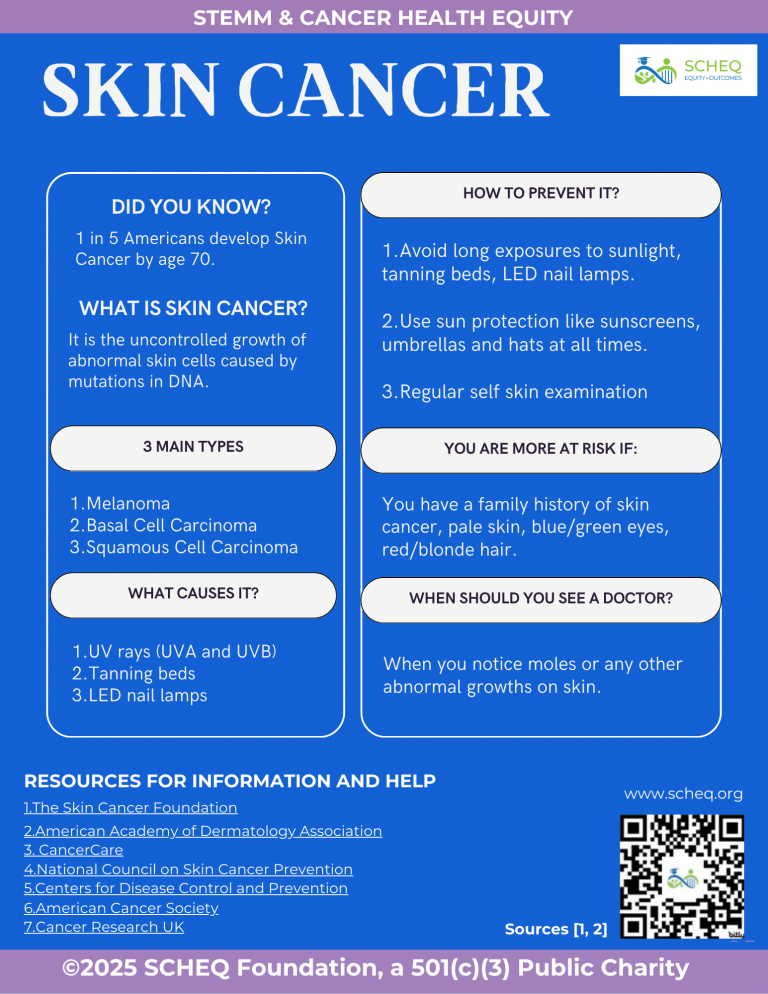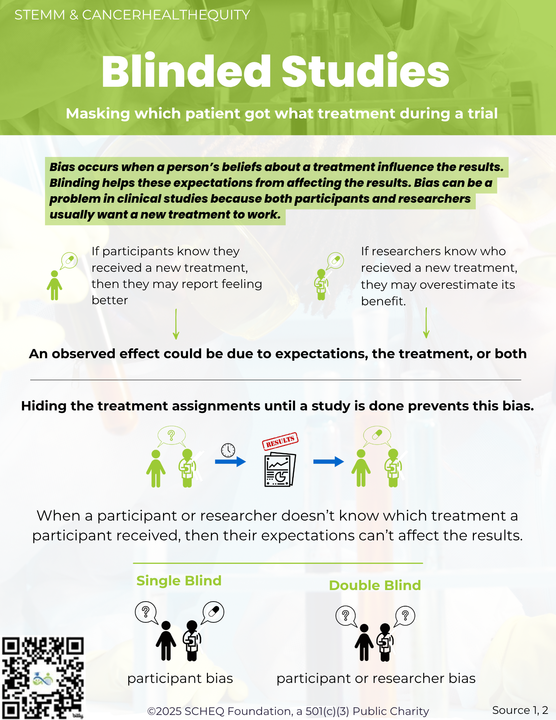Severo Ochoa (1905-1993) was a biochemist that was born in Laurca, Spain. His interest in biology was sparked by Spanish Nobel Laureate Santiago Ramón y Cajal through his studies on the structure of the nervous system. He obtained his Medical Degree with honors (1929) from the University of Madrid. During this time he worked on the isolation of creatinine from urine. In 1927, he spent time at the University of Glasgow with Dr. Noel Paton to learn more about creatinine metabolism and improve his assay.
After his studies he received a fellowship to study in Otto Meyerhoff’s lab at the Kaiser Wilhelm Institut für Medizinische Forschung at Heidelberg which is now the Max Planck Institute for Medical Research. He returned as a Lecturer in Physiology (1931-1935) at the University of Madrid. In 1932, Ochoa worked as a post-doctoral fellow in the laboratory of Sir Henry Dale in England and then in the laboratory of Dr. H.W. Dudley at the National Institute for Medical Research in London to concentrate on enzymology. In 1934, he returned to the University of Madrid, where he was named Lecturer in Biochemistry and Physiology. He eventually became the Head of the Physiology Division.
When the Spanish Civil War erupted in 1936, Ochoa returned to Meyerhorf’s laboratory in Germany to work on glycolysis and enzymology of yeast fermentation. He served as a research assistant at the University of Oxford in England (1938-1941) with R.A. Peters to work on the biological function of vitamin B1. Ochoa and his family immigrated to the United States in 1942, where he was an Assistant Professor of Biochemistry at New York University before eventually becoming the Chair of the Department of Biochemistry. He remained at NYU until his retirement in 1974.
He won the Nobel Prize in Physiology or Medicine for his co-discovery with Arthur Kornberg “for their discovery of the mechanisms in the biological synthesis of ribonucleic acid and deoxyribonucleic acid” in 1959. Ochoa discovered the enzyme polynucleotide phosphorylase (PNPase) assists with messenger RNA processing and degradation. Ochoa’s discovery was later used for the synthesis of RNA. Other accolades include election to the National Academy of Sciences (1957), American Academy of Arts and Sciences (1957), Paul Karrer Gold Medal (1963), Foreign Member of the Royal Society (1965), and the National Medal of Science (1979).
Today, he is best remembered for his work, which won him the Nobel Prize in 1959, and his accomplishments in isolating and characterizing enzymes that are important for several catalyzing steps of the Kreb’s cycle.
References:
- https://www.nobelprize.org/prizes/medicine/1959/ochoa/biographical/
- https://www.mayoclinicproceedings.org/article/S0025-6196(11)62079-X/fulltext
- https://www.britannica.com/biography/Severo-Ochoa
- https://www.nobelprize.org/prizes/medicine/1959/ochoa/biographical/
- https://www.nobelprize.org/prizes/medicine/1906/cajal/facts/
- Severo Ochoa. www.nasonline.org. Member search. Retrieved 10/3/2024
- Severo Ochoa. American Academy of Arts and Science. https://web.archive.org/web/20221123153150/https://www.amacad.org/person/severo-ochoa
Feature Image: Irwin Gooen (NY University)




